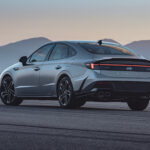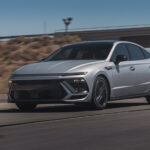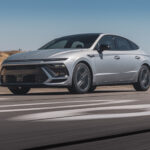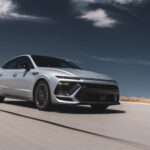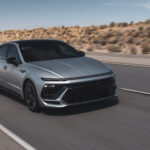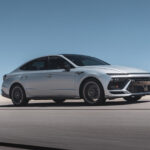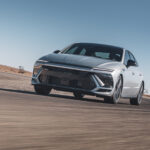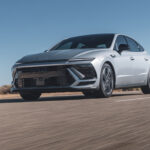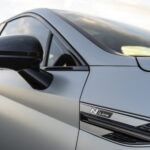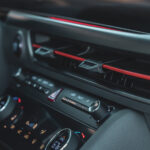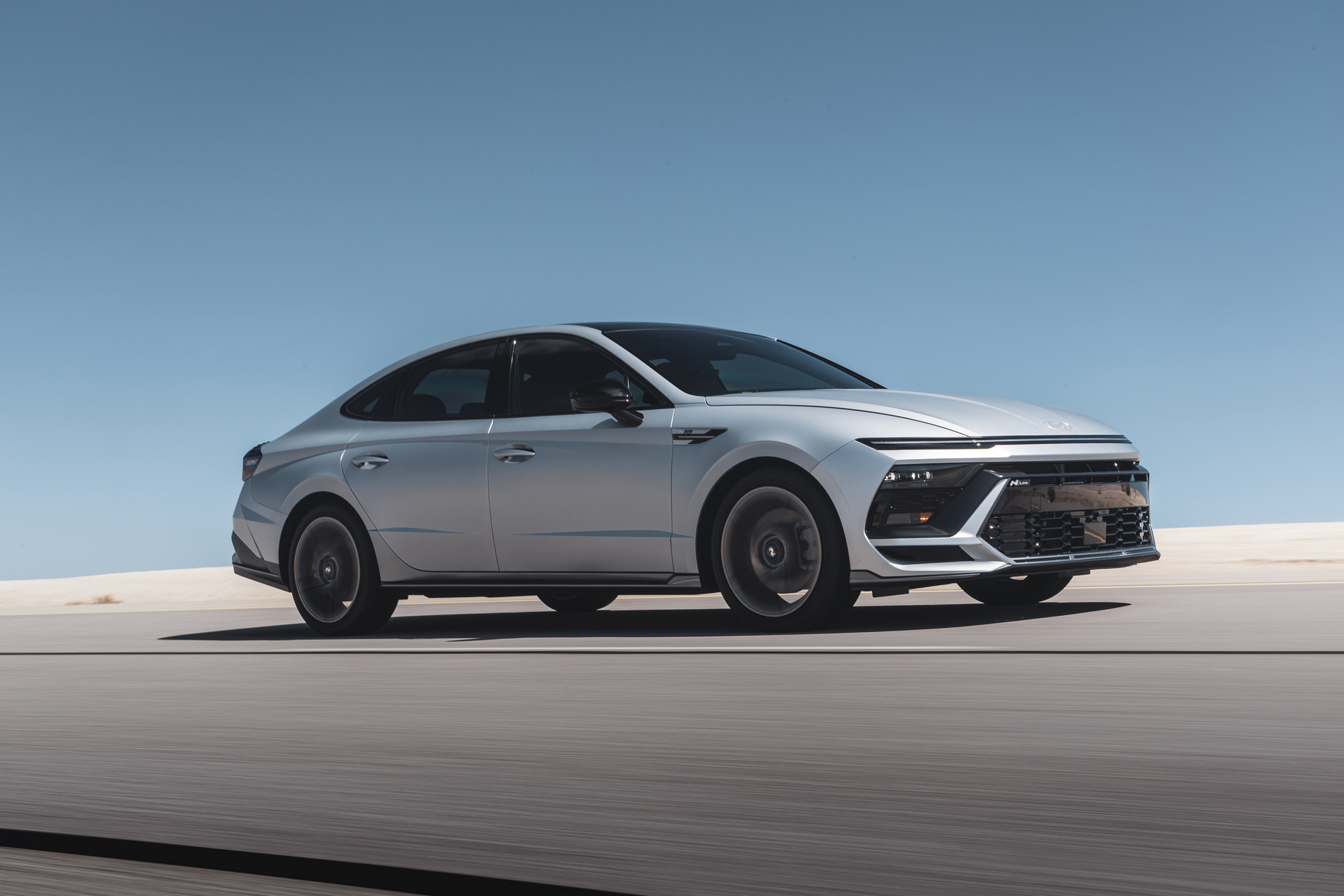 It’s been an interesting year for anyone trying to save the planet with their car purchase.
It’s been an interesting year for anyone trying to save the planet with their car purchase.
For the better part of a decade, hybrids, plug-ins, and EVs have been marketed like the inevitable future. Carmakers rushed to electrify everything from pickup trucks to sports cars. Governments handed out tax credits like Halloween candy. And your smug neighbor with the Tesla couldn’t wait to remind you how many polar bears he was single-handedly saving.
But here in America? The wind is shifting.
We’ve now got an administration in Washington that isn’t exactly waving the green flag for electric vehicles. More like they’re waving a giant “No Thanks” sign. And suddenly, the unstoppable EV wave doesn’t feel so… unstoppable. Battery factories are pausing construction. Dealers are quietly begging for fewer unsold EVs. And buyers? Well, many are retreating back to the familiar comfort of gasoline, preferably with a turbocharger strapped to it.
Which brings me neatly to this: Hyundai, always the clever one, has managed to play both sides of this motoring chess game.
Last year, I reviewed the 2024 Hyundai Sonata Hybrid Limited. It was sharp-looking, packed with tech, and sipped fuel like a mouse drinking a martini. At just over $38,000, it was the car for people who wanted to look responsible and stylish at the same time. It was also in vogue, the automotive equivalent of wearing recycled sneakers and bragging about your carbon footprint at dinner parties. It told the world you cared about the planet—but you cared about heated seats and a slick touchscreen just a little bit more.
But that was then.
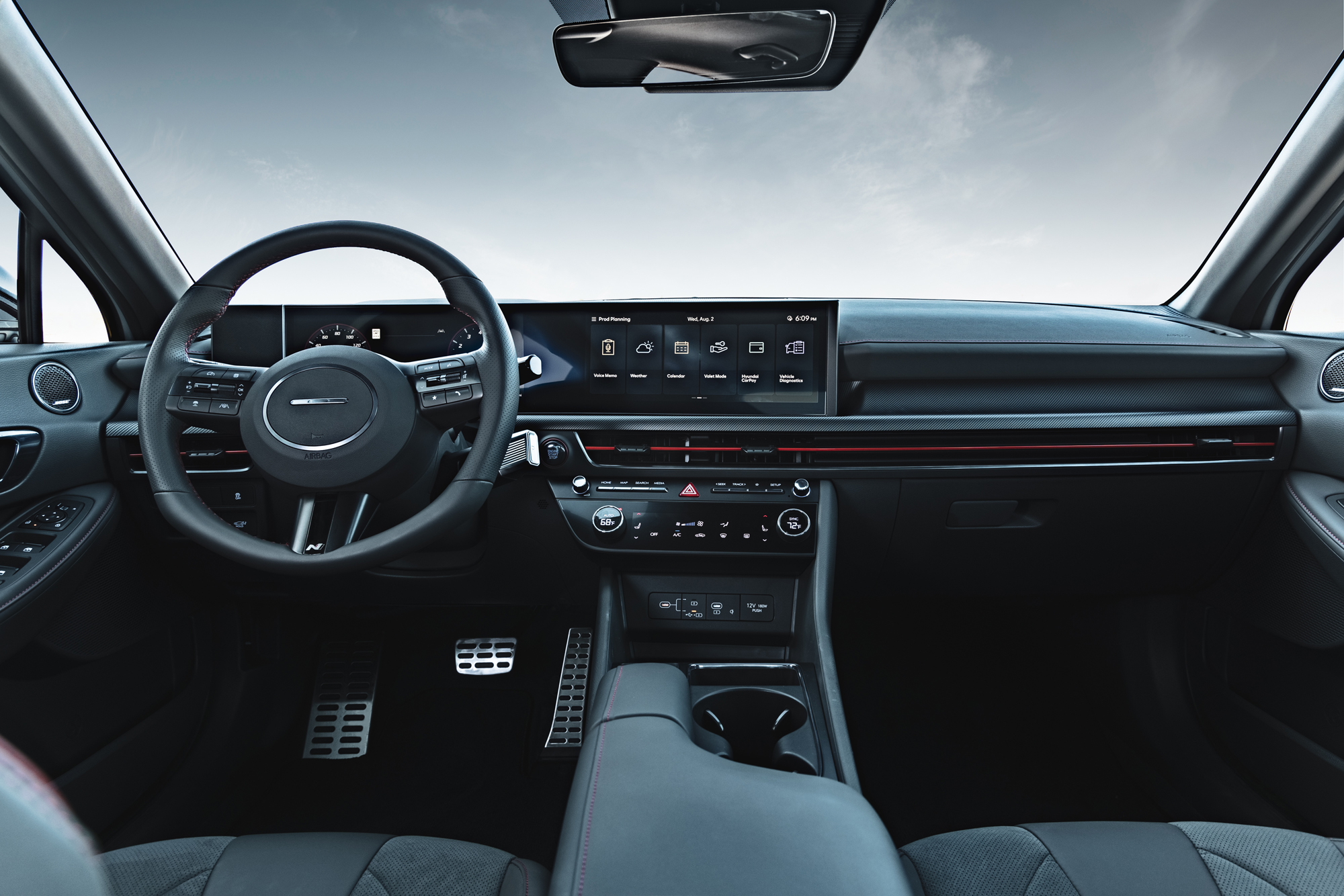 Fast forward to today, and I’ve just spent a week behind the wheel of its louder, rowdier sibling—the 2025 Sonata N Line.
Fast forward to today, and I’ve just spent a week behind the wheel of its louder, rowdier sibling—the 2025 Sonata N Line.
Here’s the twist: the angriest, loudest, turbocharged version of the Sonata—the one with 290 horsepower, more aggressive styling, and every feature Hyundai can throw at it—actually costs less than that Hybrid I drove last year. You read that right. The N Line starts under $38,000.
And forget the quiet, serene hum of a hybrid. Switch the N Line into Sport mode and the 2.5-liter turbocharged four-cylinder clears its throat with a noise that can only be described as an angry Rottweiler with a throat infection. It’s that wonderfully guttural, slightly obnoxious sound you only get from a proper performance sedan that isn’t afraid to burn a little fuel.
It’s not just all bark, either. The N Line delivers genuine, surprising speed for a midsize sedan—quick enough to keep pace with much pricier rivals, yet still roomy enough for the family. New for 2025, it even adds rear-seat HVAC vents so your passengers can cool down after you’ve terrified them with your enthusiastic right foot.
Sure, the Sonata lineup isn’t radically different otherwise for 2025—the base SE trim is back, the SEL Convenience gets its own badge—but the point is clear: Hyundai still knows how to make the sensible choice look sharp and how to make the sensible choice completely lose its mind when you want it to.
And after a week living with the 2025 N Line, I can tell you—it’s addictive. Quick, comfortable, practical—and with just enough turbocharged defiance to feel like, in the right light, it’s flipping a subtle middle finger to Greenpeace. A year ago, that might’ve felt rebellious. Today? It feels perfectly timed.
The 2025 Hyundai Sonata N-Line
MSRP: $35,250
MSRP (as tested): $37,610
Engine: 2.5-liter turbocharged inline-4, 290 horsepower @5800 rpm, 311 lb-ft torque @ 1650 rpm
Transmission: 8-speed shiftable automatic
Fuel Mileage (EPA): 23 city, 32 highway, 27 combined
Fuel Mileage (as tested, mixed conditions): 30 mpg
Base Curb Weight: 3,625 lbs.
Exterior Dimensions
Length: 193.3 in.
Overall width without mirrors: 73.2 in.
Height: 56.9 in.
Wheelbase: 111.8 in.
Ground clearance: 5.3 in.
Interior Dimensions
Front head room: 38.4 in.
Front leg room: 46.1 in.
Front shoulder room: 57.9 in.
Front hip room: 54.6 in.
Rear head room: 37.4 in.
Rear leg room: 34.8 in.
Rear shoulder room: 56.1 in.
Rear hip room: 54.4 in.
Cargo capacity, all seats in place: 15.6 cu.ft.
Warranty
Basic: 5 yr./ 60,000 mi.
Drivetrain: 10 yr./ 100,000 mi.
Hybrid component: 10 yr./ 100,000 mi.
Rust: 7 yr./ unlimited mi.
Roadside assistance: 5 yr./ unlimited mi.
- Cadillac Closes the IMSA Season With a Bang at Petit Le Mans - October 12, 2025
- NHRA FallNationals at Texas Motorplex Friday Qualifying Results - October 11, 2025
- George Russell Tames Marina Bay While McLaren Clinches Another Crown - October 5, 2025
